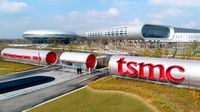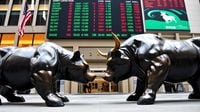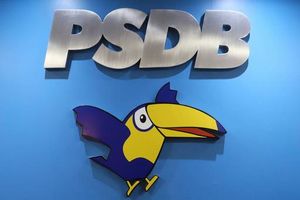On April 17, 2025, Taiwan Semiconductor Manufacturing Company (TSMC), the world's largest chip contract manufacturer, reported impressive first-quarter results that have significantly boosted investor confidence in the semiconductor sector. Following a dismal report from ASML on April 16, which negatively impacted chip stocks, TSMC's positive outlook has reversed some of the market's pessimism, with its stock rising by 5% on the Tradegate trading platform.
TSMC's revenue for the first quarter amounted to approximately $26.0 billion, exceeding analyst expectations of $25.9 billion and reflecting a robust growth rate of 42% compared to the same quarter last year. This growth has been fueled by strong demand for high-performance chips, particularly for artificial intelligence (AI) servers and smartphones, as manufacturers stockpiled components ahead of impending US tariffs.
The company's gross margin was reported at 58.8%, surpassing the anticipated 58.1%, while the operating margin stood at 48.5%, exceeding the expected 47.7%. TSMC's net profit reached around $11.2 billion, significantly higher than the forecasted $10.75 billion, providing further evidence of the company's strong performance.
TSMC's CEO, C. C. Wei, has maintained a positive outlook, holding firm to the company's sales forecast for 2025, which anticipates mid-20% growth. The company also reaffirmed its investment forecast of $38 to $42 billion for the year, despite having announced additional investments of $100 billion in March alongside US President Donald Trump.
This optimistic outlook comes at a time when the semiconductor industry is grappling with market volatility due to geopolitical tensions and trade restrictions. The recent US export restrictions on Nvidia chips to China and a disappointing report from ASML, which resulted in a combined $200 billion loss in market value for these major players, have heightened investor concerns.
Despite these challenges, TSMC's strong quarterly performance and its forecast for the second quarter, estimating revenues between $28.4 and $29.2 billion—well above the average analyst estimate of $27.2 billion—have reassured investors. The company's ability to navigate the complexities of the current market environment is seen as a testament to its resilience.
Analysts have noted that TSMC's results not only reflect the company's strong market position but also signal potential positive outcomes for its major clients, including Nvidia and Apple. The strong demand for semiconductors has been a driving force behind TSMC's growth, and the company's performance indicates that it is well-positioned to meet the ongoing demand.
Moreover, TSMC's stock, which has declined by approximately 20% in 2025, is currently trading at about 14 times the estimated earnings for the next 12 months. This valuation is below the three-year average of 16 and lower than the multiples of the Philadelphia Semiconductor Index, suggesting that the stock may be undervalued given the company's strong fundamentals.
However, uncertainties remain. The ongoing trade war and potential tariffs could impact TSMC's operations and market dynamics. Economists have begun to revise their forecasts for global GDP growth downward, raising concerns about the demand for products that rely on TSMC's chips, such as iPhones and computers.
Despite these headwinds, TSMC's recent performance has provided a much-needed boost to the semiconductor sector, which has been under pressure in recent months. The positive sentiment surrounding TSMC's results has also lifted stocks of other major players in the industry, including AMD and ASML, which have seen gains of around 2% in response to TSMC's news.
In summary, TSMC's strong first-quarter results, characterized by significant revenue growth and a solid profit margin, have not only alleviated some of the recent market gloom but also underscored the ongoing demand for semiconductors in various sectors. As the company navigates the challenges posed by geopolitical tensions and trade policies, its ability to maintain growth will be closely watched by investors and analysts alike.








